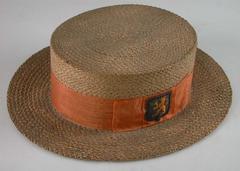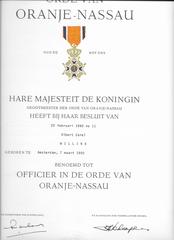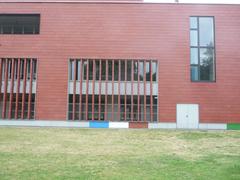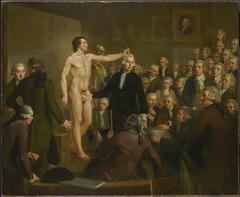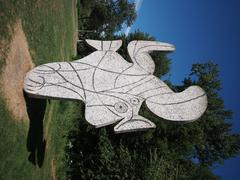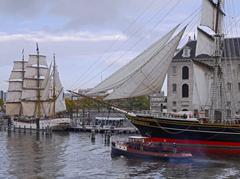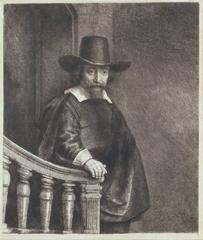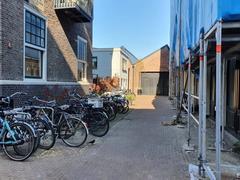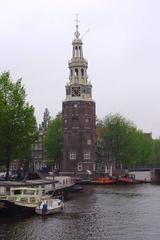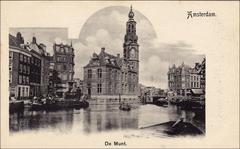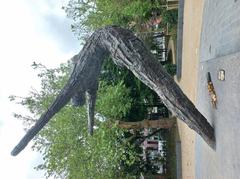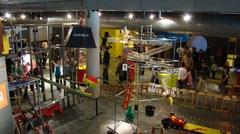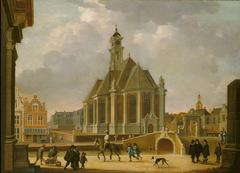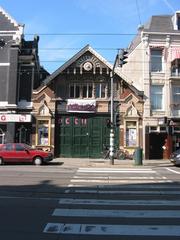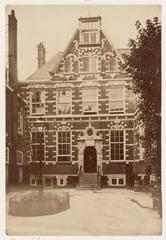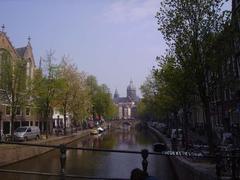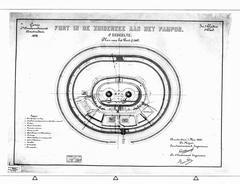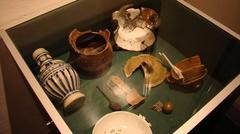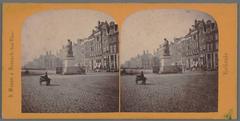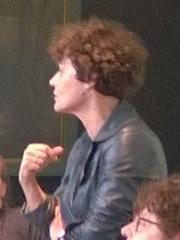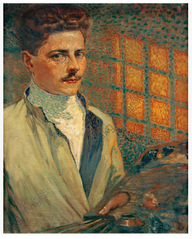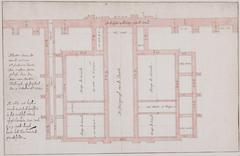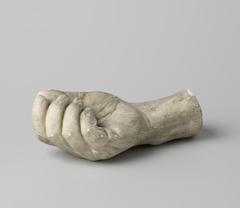
Micropia Visiting Guide: Hours, Tickets, and Attractions in Amsterdam
Date: 16/08/2024
Introduction
Micropia, the world’s first museum dedicated entirely to microbes, offers an unparalleled glimpse into the invisible world that surrounds us. Situated in the heart of Amsterdam, this pioneering museum not only educates but also sparks curiosity about the essential roles microbes play in our daily lives. Conceived by Haig Balian, the director of the Artis Amsterdam Royal Zoo, Micropia opened its doors on September 30, 2014, after twelve years of meticulous planning and an investment of approximately €10 million (AmsterdamTips).
Micropia’s mission is deeply rooted in bridging the gap between science and the general public. The Netherlands has a rich history in microbiology, dating back to Antoni van Leeuwenhoek, who, in the 17th century, was the first to observe bacteria using microscopes he crafted himself (New Yorker). Today, Micropia continues this legacy by fostering a positive perception of microbes and serving as an international platform for microbiology. Its interactive exhibits and living microbes provide a hands-on learning experience that is both engaging and educational for visitors of all ages (Holland Explorer).
Table of Contents
- Introduction
- History and Significance
- Visitor Information
- Exhibits and Interactive Displays
- Frequently Asked Questions (FAQ)
- Conclusion
- Call to Action
History and Significance
Origins and Development
Micropia, the world’s first museum dedicated entirely to microbes, opened its doors on September 30, 2014, after twelve years of meticulous planning and development. The project, which cost approximately €10 million, was spearheaded by Haig Balian, the director of the Artis Amsterdam Royal Zoo. The museum is housed in the historic de Ledenlokalen building, constructed in 1870, which underwent significant restoration to accommodate this unique institution (AmsterdamTips).
The Visionary Behind Micropia
The concept of Micropia was born out of a desire to bridge the gap between science and the general public. Haig Balian envisioned a space where people could learn about the vital roles that microbes play in our lives, beyond their association with disease. This vision aligns with the Netherlands’ historical significance in the field of microbiology, dating back to Antoni van Leeuwenhoek, who, in the 17th century, became the first person to observe bacteria using microscopes he crafted himself (New Yorker).
Educational and Scientific Impact
Micropia aims to foster a positive perception of microbes and to serve as an international platform for microbiology. The museum’s mission is to educate visitors about the essential functions of microbes in daily life and to inspire further research into ‘micro-nature’ (Micropia). By showcasing both living microbes and virtual representations, Micropia provides an interactive and engaging learning experience for visitors of all ages (Holland Explorer).
Awards and Recognition
Since its inception, Micropia has garnered numerous international awards and nominations, highlighting its innovative approach to science education. In 2016, it was recognized as the most innovative museum in Europe, a testament to its unique concept and execution (Have To Sight).
Visitor Information
Visiting Hours
Micropia is open daily from 9:00 AM to 6:00 PM. However, visiting hours may vary on public holidays, so it is advisable to check the official website before planning your visit (Micropia).
Ticket Prices
Tickets for Micropia can be purchased online or at the entrance. Prices are as follows: Adults €16, Children (3-9 years) €8.50, and free entry for children under 3 years. Combination tickets with the Artis Amsterdam Royal Zoo are also available (Tripindicator).
Accessibility
The museum is wheelchair accessible, and staff are available to assist visitors with additional needs. For those planning a visit, it is recommended to explore the museum during weekdays or early in the morning to avoid crowds (Tripindicator).
Exhibits and Interactive Displays
Exhibit Highlights
Micropia’s exhibits are designed to make the invisible world of microbes visible and fascinating. One of the museum’s most popular features is the Kiss-o-Meter, which measures the number of bacteria exchanged during a kiss. Visitors can also explore a wall of stool samples from various animals, collected from the nearby zoo, and view backlit agar plates displaying mold and bacteria colonies from everyday objects like keys and toothbrushes (New Yorker).
Interactive Displays
Micropia serves as a working laboratory where scientists maintain current exhibits and breed new ones. This hands-on approach allows visitors to witness scientific research in action and understand the processes involved in studying microbes (Tripindicator). The museum’s educational programs and interactive displays aim to demystify microbiology and highlight the importance of microbes in health, alternative energy sources, and environmental sustainability (Micropia).
Frequently Asked Questions (FAQ)
What are Micropia’s visiting hours? Micropia is open daily from 9:00 AM to 6:00 PM. It is advisable to check the official website for any changes during public holidays.
How much do tickets cost? Ticket prices are €16 for adults, €8.50 for children aged 3-9, and free entry for children under 3 years. Combination tickets with the Artis Amsterdam Royal Zoo are also available.
Is Micropia family-friendly? Yes, Micropia offers interactive exhibits and engaging displays suitable for visitors of all ages.
Is Micropia accessible? Yes, Micropia is wheelchair accessible and has amenities to ensure a comfortable visit for everyone.
Conclusion
Micropia stands as a monumental tribute to the vital yet often overlooked world of microbes. By highlighting the positive roles these tiny organisms play, the museum not only educates but also inspires a deeper appreciation for the complexity and beauty of the microscopic world. From its interactive exhibits to its educational programs, Micropia offers a comprehensive and engaging experience that appeals to visitors of all ages. As the first museum of its kind, it continues to set the standard for innovative science education and public engagement with microbiology. Plan your visit to Micropia today and uncover the fascinating world of microbes—an experience that promises to be both enlightening and unforgettable (Micropia).
Call to Action
Plan your visit to Micropia today and uncover the fascinating world of microbes. Don’t forget to download our mobile app Audiala for more travel tips and updates, and follow us on social media!



